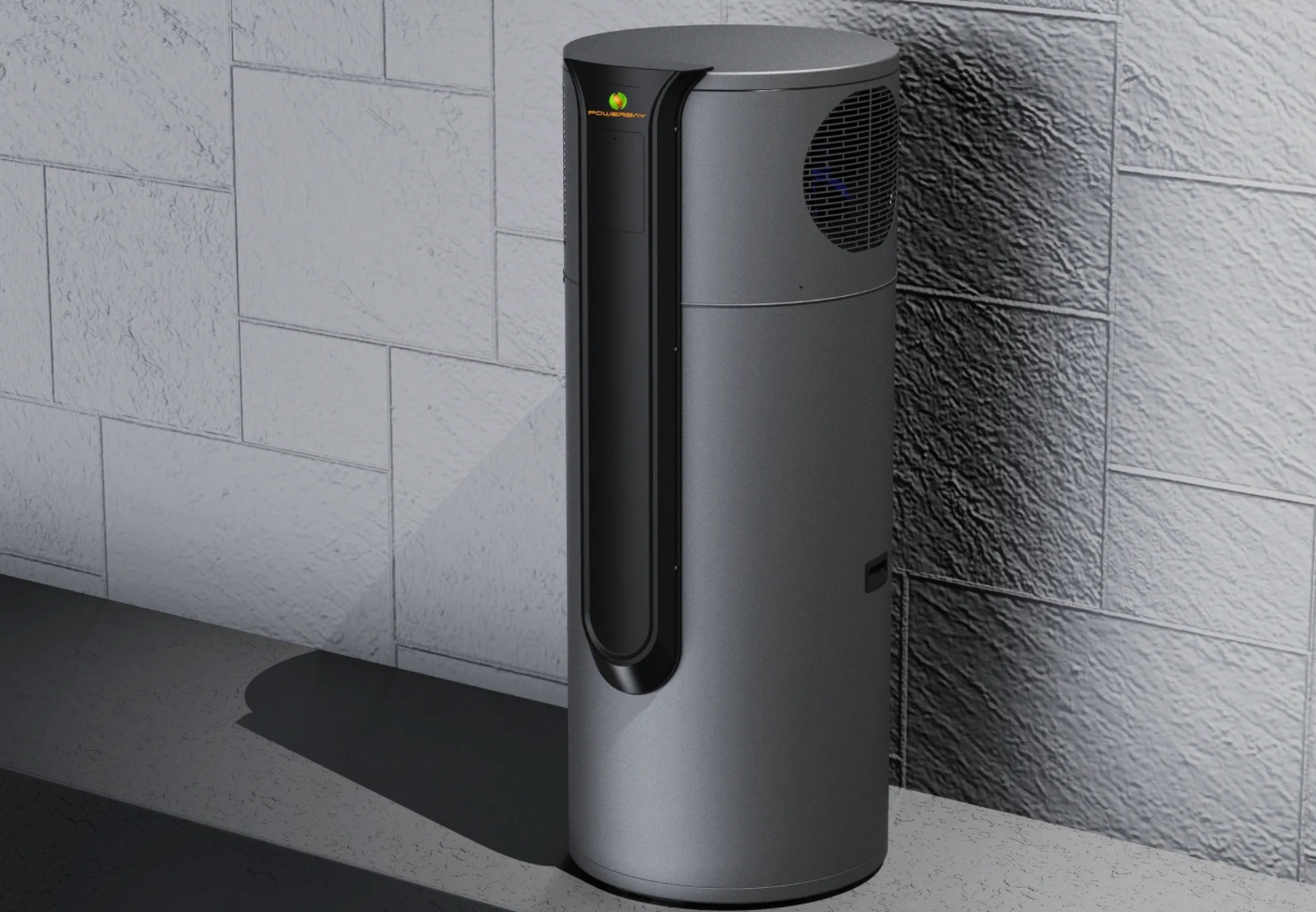Why Winter Can Be the Best Time to Buy an Air Conditioner
When it comes to buying an air conditioner, most people naturally think of doing so during the sweltering Aussie summer months. However, savvy shoppers know that winter can be the best time to invest in a new cooling system.
Here are several compelling reasons why winter is an ideal time to buy an air conditioner in Australia:
Lower Prices and Discounts
One of the most significant advantages of buying an air conditioner in winter is the potential for lower prices. Demand for air conditioners drops significantly during the colder months, prompting retailers to offer discounts and promotions to clear out inventory. This off-season pricing can result in substantial savings compared to peak summer prices.
Better Availability
During the summer, the high demand for air conditioners can lead to stock shortages and long waiting times for popular models. In winter, however, retailers often have a full inventory, giving you a wider selection of models and features to choose from. This increased availability means you’re more likely to find the perfect unit for your needs without having to compromise.
Quicker Installation
Scheduling an installation during the busy summer months can be challenging, with HVAC technicians often booked weeks in advance. In contrast, winter is a slower season for HVAC professionals, meaning you can typically schedule installation at your convenience. Faster installation not only saves you time but also ensures your new air conditioner is ready to go when the temperatures start to rise.
Time to Research and Plan
Winter provides a less hurried environment for researching and planning your purchase. Without the immediate pressure of a heatwave, you can take the time to compare different models, read reviews, and consult with professionals about the best options for your home. This thorough approach can lead to a more informed decision and a better overall experience.
Off-Season Maintenance
If you already have an air conditioner, winter is a great time to schedule maintenance and ensure it’s in peak condition for the summer. Many HVAC companies offer off-season service specials, allowing you to address any potential issues before they become major problems. Regular maintenance can extend the life of your unit and improve its efficiency, saving you money in the long run.
Energy Efficiency Incentives
During the winter, you might find additional incentives and rebates for purchasing energy-efficient air conditioners. Governments and utility companies often run programs to encourage homeowners to upgrade to more efficient systems, and these incentives can be more readily available during the off-season. Taking advantage of these programs can further reduce the cost of your new air conditioner.
Preparation for Summer
Buying an air conditioner in winter means you’ll be fully prepared when the first heatwave hits. You won’t have to endure days or weeks of discomfort waiting for a new unit to be installed. Instead, you can enjoy a seamless transition to cooler indoor temperatures as soon as the weather warms up.
While it might seem counterintuitive, winter is an excellent time to buy an air conditioner in Australia. Lower prices, better availability, faster installation, and the opportunity to thoroughly research your purchase all contribute to a more cost-effective and satisfying buying experience. By planning and taking advantage of off-season benefits, you can ensure your home stays comfortable all year round, without the stress and expense of last-minute summer purchases.
Disclaimer: The information provided in this blog post is for general purposes only. While we strive to ensure the accuracy and reliability of the content, we make no representations or warranties of any kind, express or implied, about the completeness, accuracy, reliability, suitability, or availability of the information contained herein. Any reliance you place on such information is strictly at your own risk. We will not be liable for any loss or damage arising from the use of, or reliance on, the information presented in this blog post. It is always recommended to seek professional advice or conduct further research for specific situations or concerns. The inclusion of any links to external websites does not necessarily imply endorsement or support for the views expressed within them.


